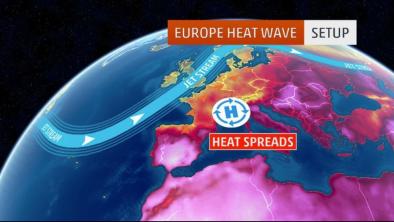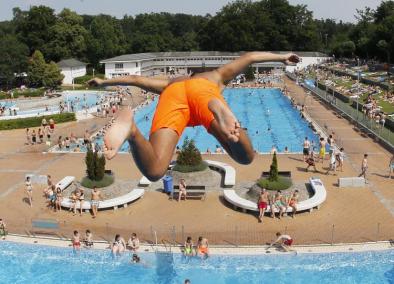Science Source
Human activity and anomalously warm seasons in Europe
- States that seasonal mean temperatures averaged over the European region have warmed at a rate of 0.35–0.52 K/decade since 1980
- Uses temperature data from observations and experiments with two climate models, as well as optimal fingerprinting, to partition the climate response between its anthropogenic and natural components
- Combines these responses with estimates of unforced climate variability to construct distributions of the annual values of seasonal mean temperatures with and without the effect of human activity
- Finds that in all seasons, anthropogenic forcings have shifted the temperature distributions towards higher values
- Computes the associated change in the likelihood of having seasons whose temperatures exceed a pre-specified threshold
- Finds that in the last decade (1999–2008) it is extremely likely (probability greater than 95%) that the probability has more than doubled under the influence of human activity in spring and autumn, while for summer it is extremely likely that the probability has at least quadrupled
- One of the two models employed in the analysis indicates it is extremely likely the probability has more than doubled in winter too
- Computes the change in probability over a range of temperature thresholds which enables us to provide updates on the likely change in probability attributable to human influence as soon as observations become available
Related Content
Headline

Dec 16, 2016 | The Weather Channel
Heat Records Shattered in Germany, France, The Netherlands in June/July 2015 Europe Heat Wave
Headline

Dec 16, 2016 | Category 6
Germany Breaks its All-Time Heat Record
Headline

Dec 16, 2016 | Washington Post
Germany reaches new all-time hottest temperature during Europe heatwave
Science Source
| Bulletin of the American Meteorological Society
Explaining Extreme Events of 2015 from a Climate Perspective
American Meteorological Society


